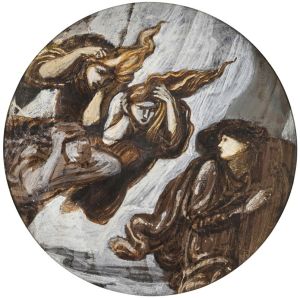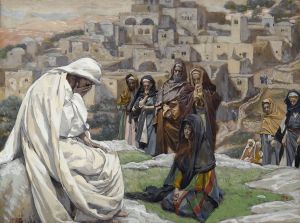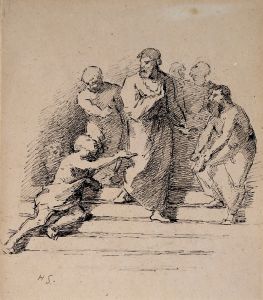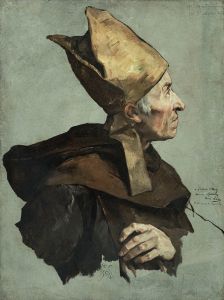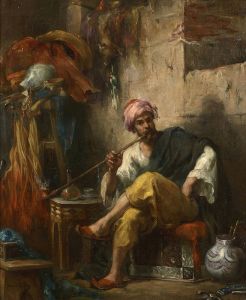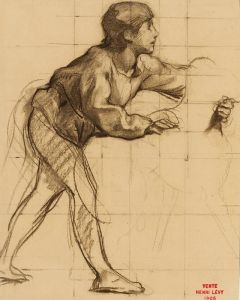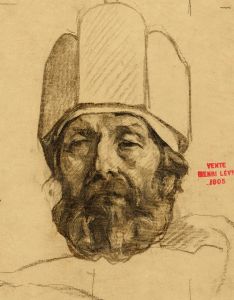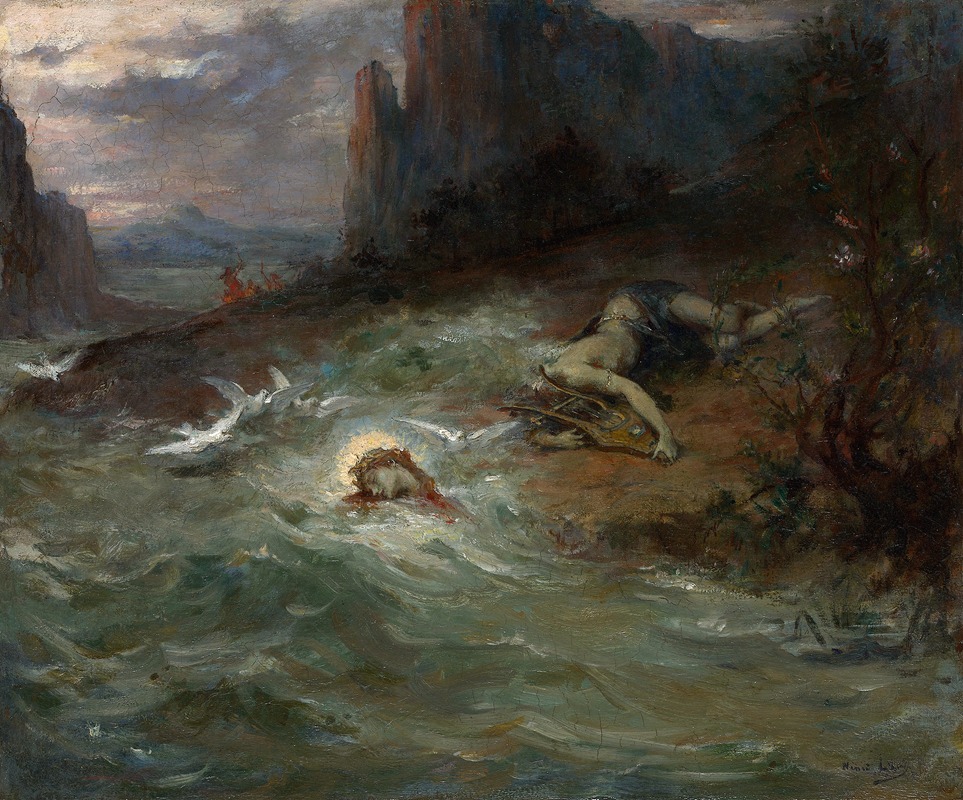
The Death of Orpheus
A hand-painted replica of Henri Leopold Lévy’s masterpiece The Death of Orpheus, meticulously crafted by professional artists to capture the true essence of the original. Each piece is created with museum-quality canvas and rare mineral pigments, carefully painted by experienced artists with delicate brushstrokes and rich, layered colors to perfectly recreate the texture of the original artwork. Unlike machine-printed reproductions, this hand-painted version brings the painting to life, infused with the artist’s emotions and skill in every stroke. Whether for personal collection or home decoration, it instantly elevates the artistic atmosphere of any space.
Henri Léopold Lévy's The Death of Orpheus is a 19th-century painting that depicts the mythological death of Orpheus, a legendary figure from Greek mythology known for his extraordinary musical abilities. Lévy, a French academic painter, was active during the late 19th century and was known for his works inspired by classical mythology, religious themes, and allegorical subjects. This painting is one of his notable contributions to the genre of mythological art.
The artwork portrays the tragic moment of Orpheus's death, a subject derived from ancient Greek mythology. According to the myth, Orpheus, after losing his wife Eurydice and failing to bring her back from the underworld, wandered the earth in mourning. He eventually met his demise at the hands of the Maenads, frenzied followers of Dionysus, who tore him apart in a fit of divine madness. Lévy's interpretation of this scene captures the dramatic and emotional intensity of the myth, emphasizing the vulnerability and suffering of Orpheus in his final moments.
Lévy's style reflects the academic traditions of his time, characterized by precise draftsmanship, attention to detail, and a focus on the human form. The painting likely employs a rich color palette and dramatic contrasts of light and shadow to heighten the emotional impact of the scene. While specific details about the composition and dimensions of the painting are not widely documented, it is consistent with Lévy's broader oeuvre, which often sought to evoke a sense of grandeur and pathos.
Henri Léopold Lévy (1840–1904) was a student of François-Édouard Picot and Alexandre Cabanel, two prominent figures in the French academic art tradition. He exhibited regularly at the Paris Salon, where his works were well-received for their technical skill and adherence to classical themes. Lévy's The Death of Orpheus aligns with the 19th-century fascination with ancient mythology, which was a popular subject among academic painters of the time.
The painting is an example of how 19th-century artists reinterpreted classical myths to explore universal themes of loss, suffering, and the human condition. While the exact location of the painting today is not widely documented, it remains an important part of Lévy's artistic legacy and a testament to the enduring appeal of mythological subjects in Western art.






